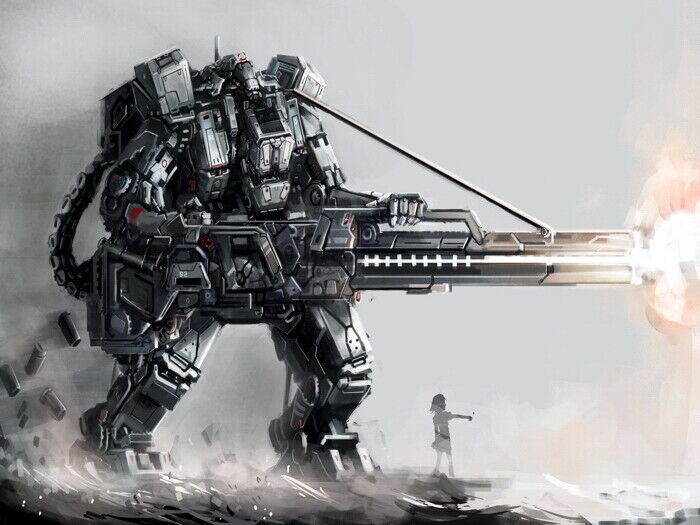Titans
Titans: The Divine Heroes of the Empire
Living Legends of the Empire
God Engines are not merely war machines; they are icons. Each is a millennia-old relic, crafted during the Styrkemarch, when the Heimveld first began reclaiming the stars. Their pilots, called Titans, are the closest thing to saints, revered as the living extensions of the machine’s will. The Engines themselves are believed to have personalities or even divine sparks, born of their ancient cores and their countless acts of conquest.
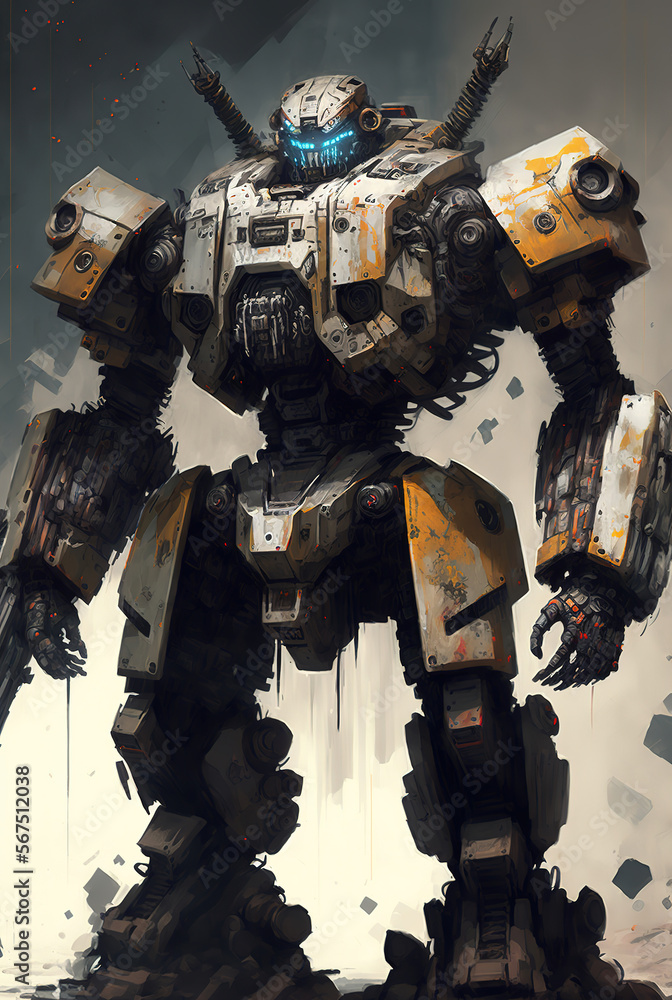
Cultural Impact
Named and Revered
Each God Engine bears a name steeped in myth, such as “Invincible Tyrant,” “Heaven’s Grasp,” or “Wrath Ascendant.” These names evoke their deeds, victories, or characteristics. Some names are whispered with awe, others shouted in defiance by the empire’s enemies.
Household Heroes
- Miniature statues and tokens of God Engines are cherished by citizens.
- Children learn of their deeds through holo-tales in school, and their battles are studied as part of military strategy.
- Entire feast days are dedicated to specific Engines—on some industrial worlds, workers carve the name of a favorite God Engine into their tools or paint it on factory walls for good luck.
Media and Propaganda
- Weekly battle replays feature their exploits, narrated by charismatic archivists who elevate their battles to divine drama.
- Popular slogans include phrases like “Strength of the God Engines” and “March in the Shadow of Wrath Ascendant.”
Sacred Pilgrimage
- On conquered worlds, citizens visit the sites of legendary God Engine battles.
- Some diehard fans or cultists travel to orbital shipyards just to witness a God Engine undergo maintenance, treating the event as a holy ritual.
Physical Presence and Symbolism
Appearance
Titans tower over the battlefield like colossal war gods, their armor scarred from millennia of combat yet shining with imperial insignias and holy verses etched by hand. Each Engine is utterly unique, a blend of baroque grandeur and lethal functionality.
Battle Standards
- Banners depicting their deeds hang from their frames, billowing even in the vacuum of space through magnetic fields.
- Each Engine carries the names of its pilots, victories, and even defeats, engraved into its hull as a testament to its legacy.
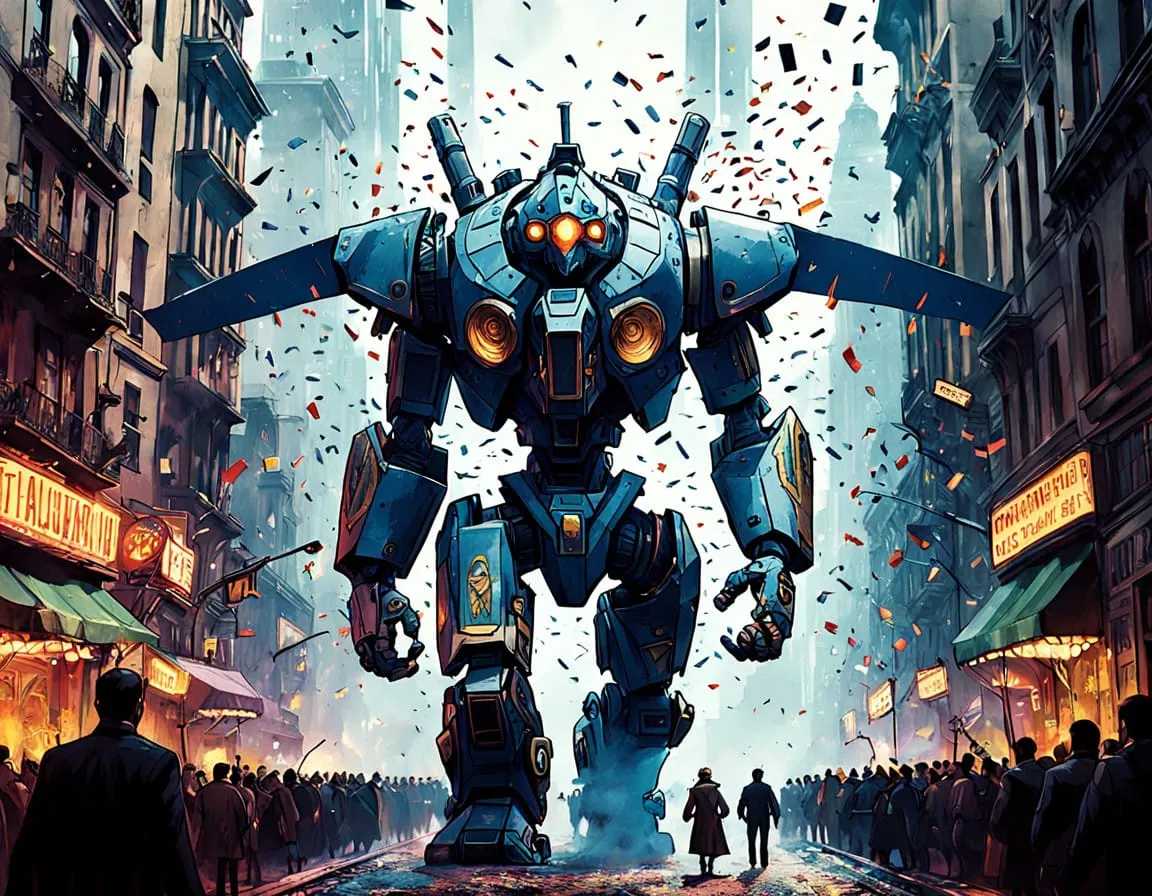
Titan Pilots
The pilots of Titans are chosen from the Vanguard, molded through decades of grueling trials. They are:
- Psychologically Linked: Connected directly to their God Engine through neural uplinks, their minds are altered to think with the machine, often leaving them unable to relate to normal humans.
- Revered: Treated as living saints. Citizens will kiss the ground where they walk, while the Vanguard see them as the apex of service to the Heimveld.
Knight Ranks
Knight-Paladin
- The most common rank among Paladins, these are the backbone of the Iron Host’s God Engine pilots.
- Each is a veteran warrior with a storied career, often tied to a specific God Engine known for its feats of heroism.
Duke-Paladin
- Commanders of squadrons or detachments of God Engines, overseeing multiple Knight-Paladins in battle.
- Hold significant influence in both military and political spheres.
- Often carry the titles of nobility tied to the worlds they defend or originate from.
Arch-Paladin
- Reserved for the most senior and legendary of God Engine pilots.
- Command entire campaigns involving dozens of God Engines.
- Seen as semi-divine figures, often consulted by the War Council for strategic guidance.
High Paladin
- A ceremonial title bestowed upon the most distinguished Arch-Paladins.
- Typically retired from active combat, they serve as advisors to the War Council and as spiritual leaders, representing the connection between the Unfallen and the Iron Host.
Warden
- A specialist rank for Paladins tasked with defending the most sacred relics, fortresses, or worlds.
- Tied to a defensive or guardian role rather than offensive operations.
Additional Roles
- Banner Knights: Knight-Paladins who serve as standard-bearers for the Iron Host in ceremonial and battlefield contexts.
- Paladin-Squires: Younger or less experienced pilots-in-training, often serving under a seasoned Knight-Paladin to learn the ways of the God Engine.
Classes of God Engines
Each class represents a broad role, but every God Engine has its quirks, modifications, and legacy, making it truly unique.
1. Sentinel Class (Defensive Titans)
- Role: Guardians of key fortresses, shipyards, and planetary strongholds.
- Features:
- Thick, layered armor capable of withstanding immense firepower.
- Advanced energy shielding systems to protect allied forces or objectives.
- Deployable barriers or shield walls to hold chokepoints.
- Examples:
- Iron Bastion: Known for holding a strategic pass for a decade against relentless bombardment.
- Aegis Eternal: Celebrated for its unbreakable shields that saved an entire fleet.
2. Oblivion Class (Assault Titans)
- Role: Frontline warriors designed to break through enemy lines and destroy fortifications.
- Features:
- Heavy weaponry like siege cannons, plasma hammers, and missile batteries.
- Void-capable for boarding actions against enemy capital ships.
- Reinforced legs and stabilizers for operating in hostile environments (e.g., gravity wells, void combat).
- Examples:
- Hellmarch: Famous for tearing through an enemy fleet during the Styrkemark era.
- Stormcaller: Equipped with atmospheric disruptors and missile arrays.
3. Voidbreaker Class (Void Titans)
- Role: Void specialists designed for starship battles and space-based warfare.
- Features:
- Void-capable thrusters and stabilization systems for zero-gravity combat.
- Point-defense systems for dealing with starfighters and boarding craft.
- Grappling harpoons or boarding pods for close-quarters ship invasions.
- Examples:
- Night’s Fury: Infamous for singlehandedly boarding and crippling an Usuka hive ship.
- Black Tithe: A dark legend known for its ambush tactics in the void.
4. Harbinger Class (Command Titans)
- Role: Mobile command centers and morale symbols.
- Features:
- Advanced communication arrays for battlefield coordination.
- Holographic or psychic projection systems for inspiring troops or intimidating foes.
- Secondary defensive capabilities to ensure survival.
- Examples:
- Throne of Conquest: Known for leading a hundred campaigns.
- Voice of Dominion: A beacon of rallying cries across the battlefield.
5. Hammerfall Class (Fast Titans)
- Role: Agile hunters and shock troopers.
- Features:
- Sleeker design with lighter armor and enhanced mobility.
- Precision weaponry like railguns or gauss cannons.
- Specialist tools like terrain-adaptive legs for swamps, deserts, or cities.
- Examples:
- Silent Lance: Renowned for assassinating enemy commanders in urban warfare.
- Ghoststride: A terror on the battlefield, striking before disappearing.
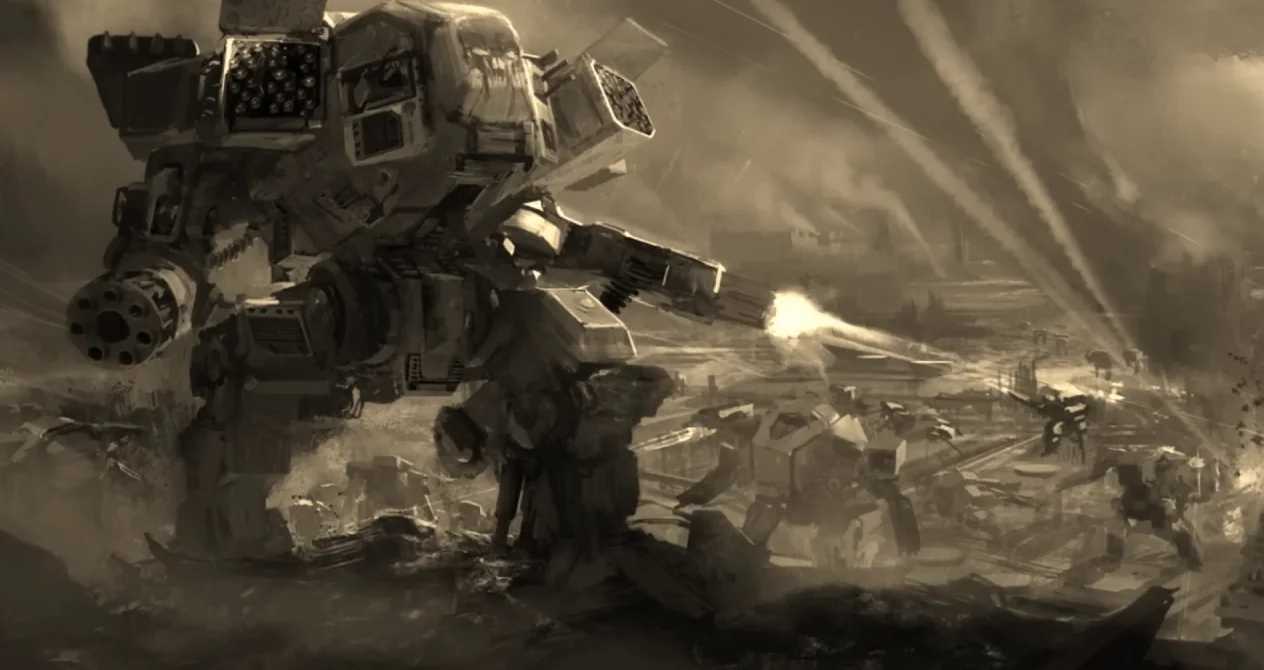
Famous God Engines and Their Legends
-
Wrath Ascendant
- Known for annihilating an entire rebel fleet single-handedly. Its arrival is said to mark the end of all resistance.
- Citizens toast its victories every Starshatter Day, a holiday celebrated empire-wide.
-
Invincible Tyrant
- Defended the Imperial capital during a xenos invasion, holding the line for three days without relief.
- Pilgrims flock to its battlefields to this day, leaving offerings of gears, chains, and fuel as tributes.
-
Heaven’s Grasp
- A God Engine specializing in boarding actions, ripping enemy vessels apart from the inside. Its exploits inspire every imperial naval cadet.
- Naval academies feature its battles in recruitment films, calling it “The Spirit of the Voidborn.”
-
Soulhammer
- Wielding a cannon capable of destroying cities in a single blast, it has become a symbol of divine retribution.
- Entire regiments chant “The Hammer Strikes” as they charge into battle.
-
Aegis Eternal
- Known as an impenetrable defender, shielding allies with energy fields and taking on impossible odds.
- Shrine-cities across the empire hold yearly festivals in its honor, lighting candles to symbolize its protective light.
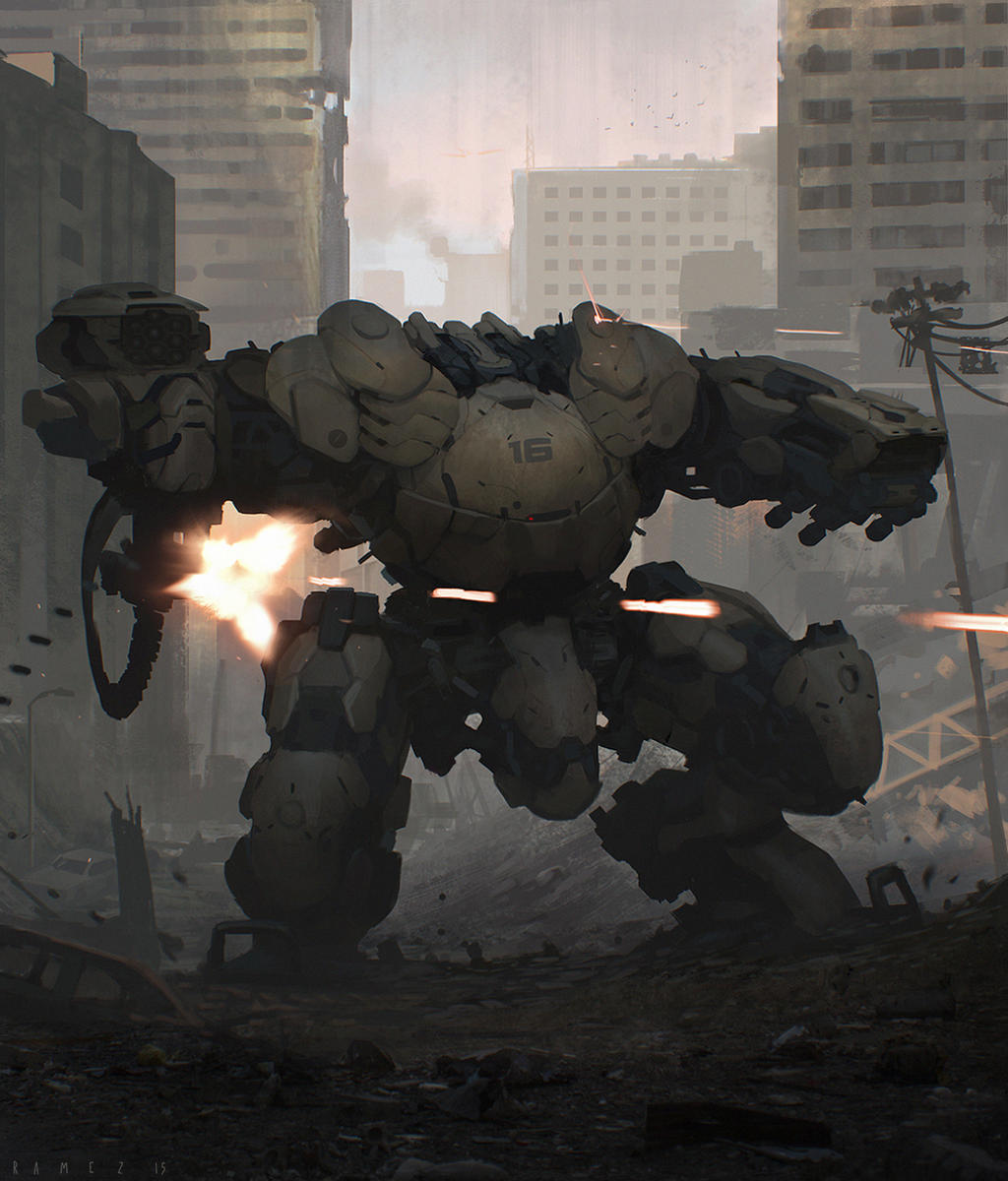
Iron Thunder
- Origin: Forged during the Styrkemarch, Iron Thunder was the first of its kind to bear a weaponized kinetic hammer, designed to deliver devastating close-range impacts to fortifications.
- Equipment: Dual siege hammers, shoulder-mounted artillery pods, and an integrated shockwave generator to disrupt infantry and light vehicles.
- Famous Action: During the Battle of Skaldbane, Iron Thunder led a charge through enemy artillery fire, smashing a kilometer-long breach in the rebel defenses. This breach allowed the Heimveld’s forces to flood the city and end a 12-year rebellion.
- Special Celebration: Day of the Thunder March is celebrated annually on Skaldbane, featuring parades with hammer-wielding effigies and reenactments of the charge.
Fury’s Anvil
- Origin: Built in the Purification era, it was designed to crush heavily fortified structures. Its weapons were upgraded after surviving a near-fatal reactor overload.
- Equipment: Rotary plasma cannons, shoulder-mounted missile arrays, and reinforced armor designed to withstand nuclear blasts.
- Famous Action: Fury’s Anvil ended the decades-long siege of Cindralis by destroying the fortress’ outer walls in a single assault, routing the defenders and securing the planet.
- Special Celebration: Fury’s Fall, a day of remembrance on Cindralis, where citizens light molten-forged candles to symbolize the end of darkness.
Steel Tempest
- Origin: Designed as an experimental fast-deployment engine, it became known for blitz assaults. It is equipped with lightweight armor and advanced thrusters for rapid movement.
- Equipment: High-output ion cannons, deployable proximity mines, and enhanced targeting systems.
- Famous Action: Liberated Aurak’s Reach by executing a planetary assault in record time, capturing key locations before the enemy could mobilize.
- Special Celebration: Tempest Day on Aurak’s Reach, featuring holographic displays of its battlefield maneuvers and speed trials.
Doomcaller
- Origin: Created in the Grunzeit as a final deterrent weapon, Doomcaller was intended to end planetary-scale conflicts quickly.
- Equipment: A singularity cannon capable of generating small black holes, incendiary missile arrays, and adaptive plating.
- Famous Action: Ended the Insurrection of Kalloth by consuming the planet’s capital in an artificial gravity well, erasing the enemy leadership.
- Special Celebration: Doom’s Veil is a solemn observance where citizens reflect on the cost of rebellion and the power of the empire.
Ash Requiem
- Origin: Built during the Purification to enforce absolute destruction, it was one of the first engines designed for scorched-earth operations.
- Equipment: Thermal lances, atmospheric incineration beams, and napalm bomb racks.
- Famous Action: Rendered Korrvas Prime uninhabitable to deny its resources to an invading alien fleet, melting the planet’s crust.
- Special Celebration: Ash Day is observed in forge-worlds, where workers burn effigies to honor sacrifice and obedience.
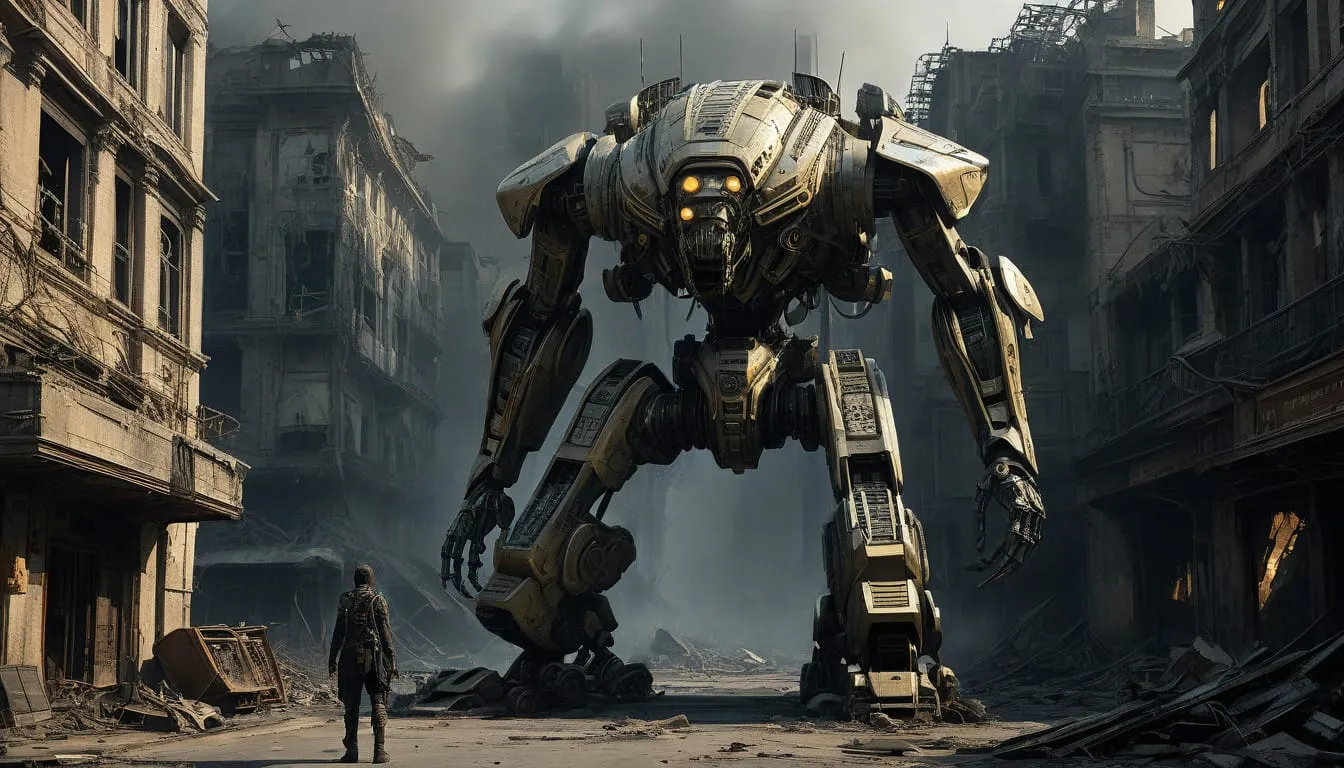
Eclipse of Valor
- Origin: A relic of the early Styrkemarch, this God Engine was fitted with prototype orbital strike relays. It has become a symbol of imperial strength.
- Equipment: Orbital strike relays, massive railguns, and electronic warfare suites.
- Famous Action: In the Burning Star Campaign, Eclipse of Valor decimated an entire fleet and captured an enemy command ship.
- Special Celebration: Eclipse Ascension on the anniversary of its debut, with planetwide light shows simulating orbital strikes.
Bastion Eternal
- Origin: Developed during the Einzeit as a mobile fortress, designed to hold critical locations against overwhelming odds.
- Equipment: Energy shield generators, anti-aircraft batteries, and interlocking armor plating.
- Famous Action: Defended Gethral VI against alien invaders for three months, buying enough time for reinforcements to arrive and save the sector.
- Special Celebration: Eternal Vigilance, where the Heimveld honors the steadfast defense of the empire with midnight vigils.
Aegis Primordial
- Origin: A pre-Purification relic, it features advanced shielding technology considered impossible to replicate.
- Equipment: Layered energy shields, anti-orbital lasers, and a regenerative armor system.
- Famous Action: Protected the imperial capital on Hadral III from a fleet bombardment, standing unbroken for weeks.
- Special Celebration: Primordial’s Dawn is marked by light displays mimicking its energy shield’s brilliance.
Vow of Stone
- Origin: Created to defend forge worlds, it earned its name after surviving a rebellion’s most concentrated assaults.
- Equipment: Heavy mortar systems, automated drone support, and area denial weaponry.
- Famous Action: Held Harnost Forge World against waves of rogue AI constructs, enabling the continued production of weapons.
- Special Celebration: Stone Day involves the creation of stone monuments carved with the names of defenders.
Spear of the Void
- Origin: Designed for boarding actions, it was the first Voidbreaker equipped with gravitic harpoons.
- Equipment: Gravitic harpoons, ion disruptors, and breaching drills.
- Famous Action: Captured the dreadnought Anathema Warden by dragging it into a contested dockyard and dismantling its fleet.
- Special Celebration: Void’s Spear, celebrated in shipyards with mock boarding actions and military parades.
Ebon Leviathan
- Origin: Built to infiltrate enemy fleets, it became a legend for its stealth and tactical precision.
- Equipment: Stealth systems, EMP arrays, and boarding craft bays.
- Famous Action: Dismantled the enemy fleet at Darsal Reach, leaving the mining colony defenseless for imperial annexation.
- Special Celebration: Leviathan’s Wake is observed with reenactments and void combat simulations.
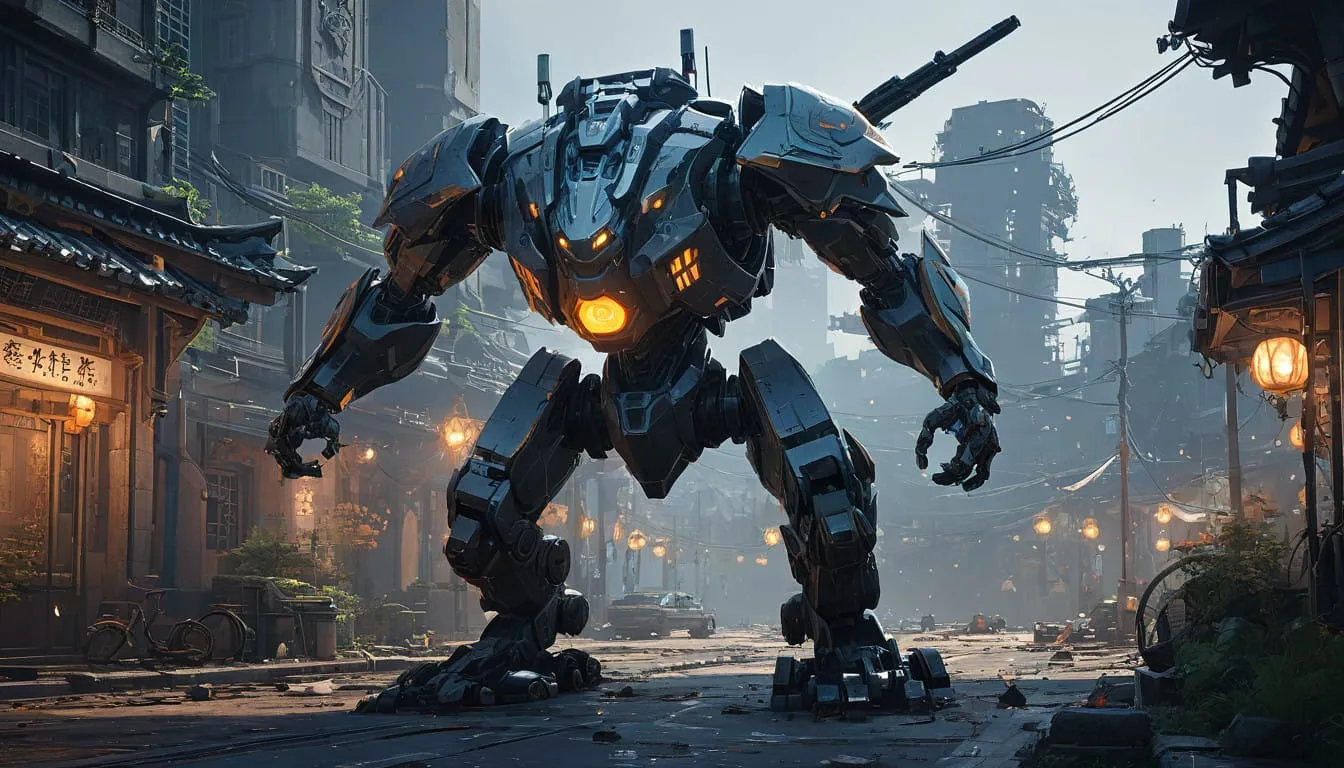
Vortex Unbound
- Origin: A Styrkemarch-era engine, its agility and precision made it a fleet favorite.
- Equipment: High-mobility thrusters, plasma cutters, and advanced targeting systems.
- Famous Action: Captured the orbital ring of Tychos IV intact, ensuring its resources flowed to the empire.
- Special Celebration: Vortex Day, marked with synchronized aerial displays symbolizing its flawless maneuvers.
Custom Features and Variability
While belonging to a class, each God Engine has unique, sometimes irreplicable traits. For example:
- Legacy Weapons: Some bear ancient weapons of unknown origins, like solar lances or gravity hammers.
- AI Presences: Certain God Engines contain ancient, semi-sentient machine spirits from humanity’s past.
- Cultural Ties: A God Engine from one region might have features reflecting its origin, such as Nordic aesthetics or Gothic designs.
- Unique Histories: Each engine’s victories and failures shape how it’s revered. Some are seen as cursed, while others are worshipped like deities.
